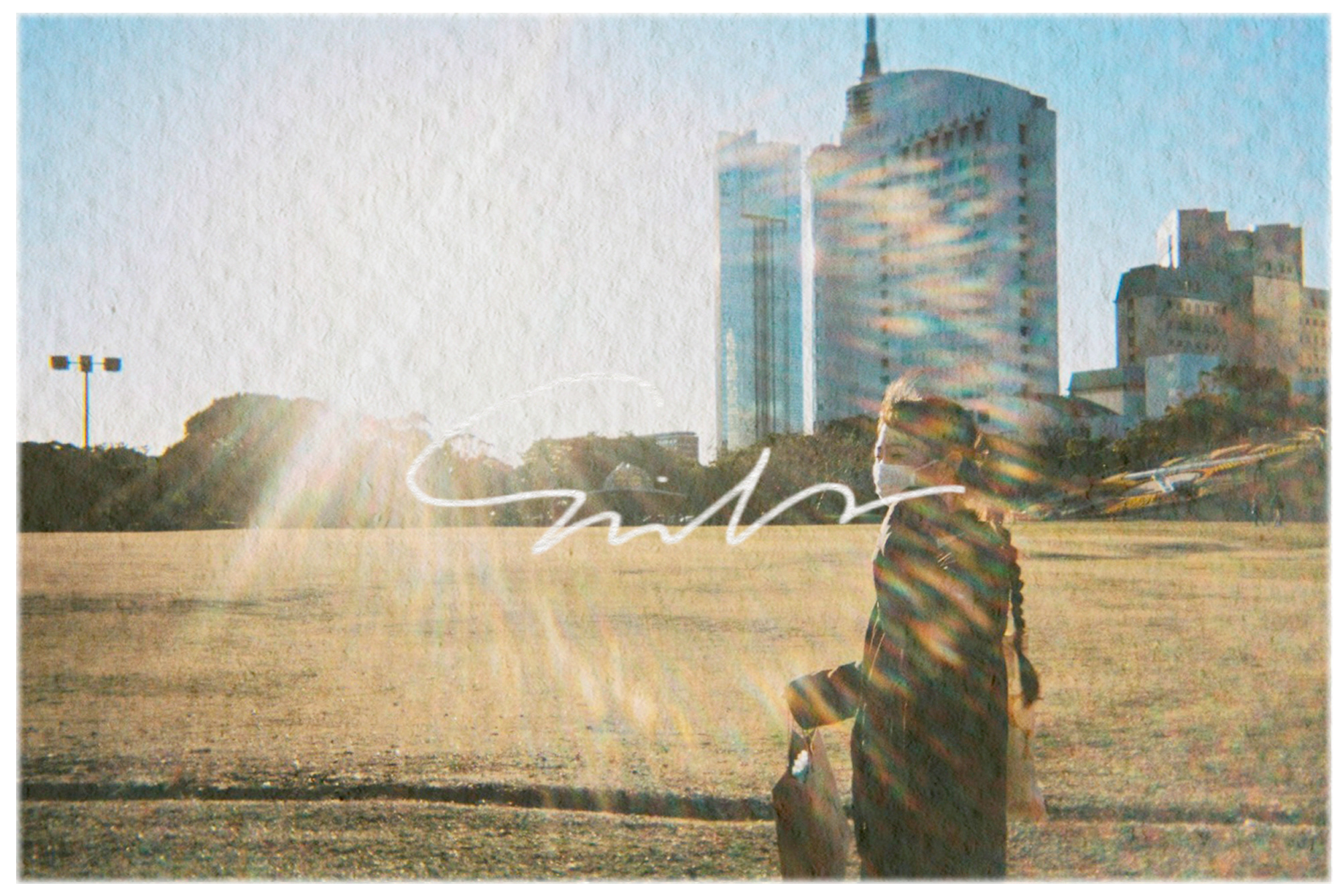CORRESPONDENCE / LANDSCAPE は工房親が1996年から毎年開催している展覧会です。美術家のクボタタケオがディレクターとして企画し、近年は日常の場としての「風景」をレンズを通して捉えるのみでなく、様々なメディウムで対峙している作家の作品を紹介しています。
CORRESPONDENCE / LANDSCAPE has been hold by Gallery CHIKA once a year since 1996. This exhibition is conducted by Takeo Kubota, an artist. These year, we introduces artists who stand face-to-face with landscape as a place for daily life through not only a lens, but also with various medium.
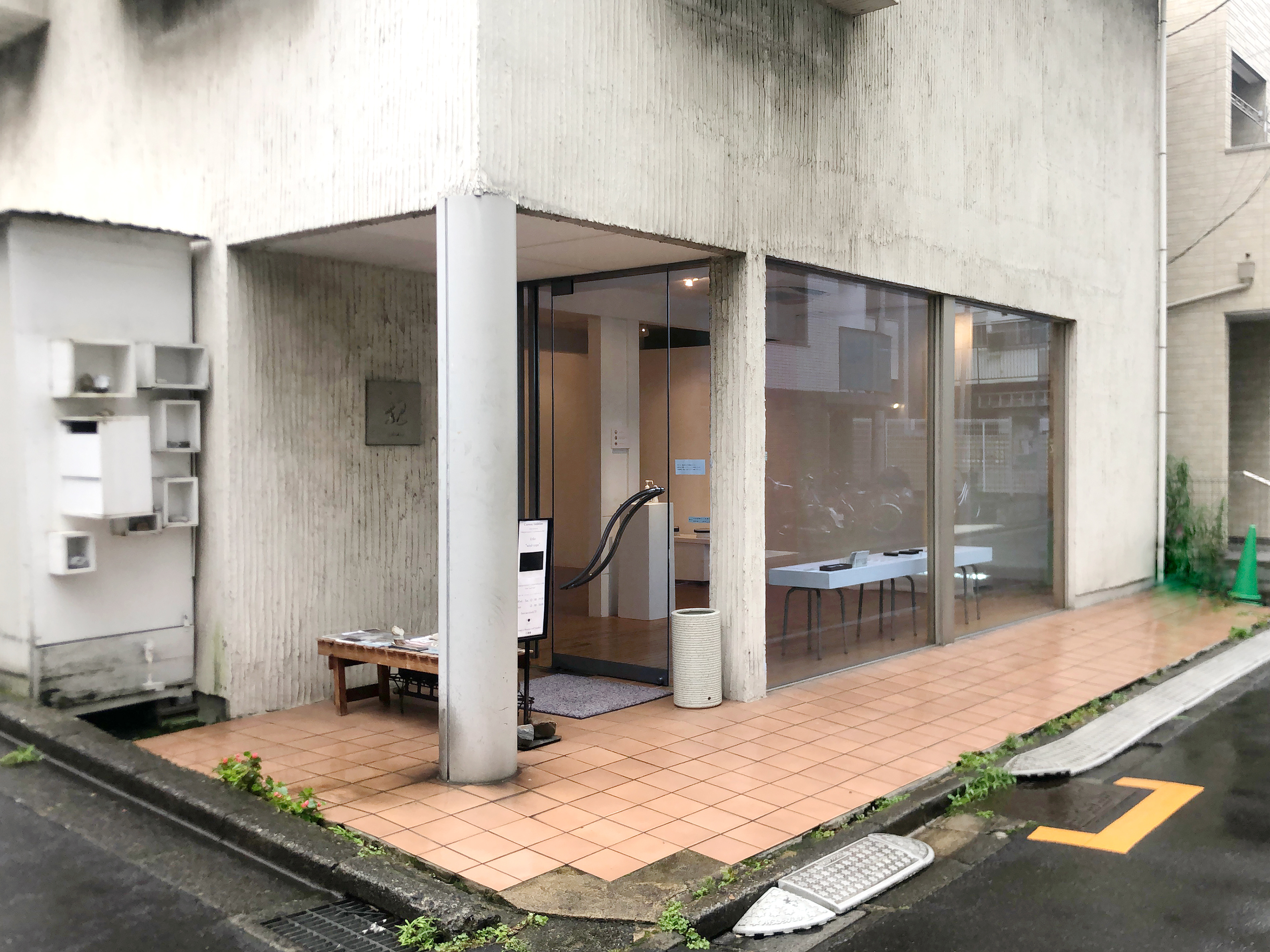
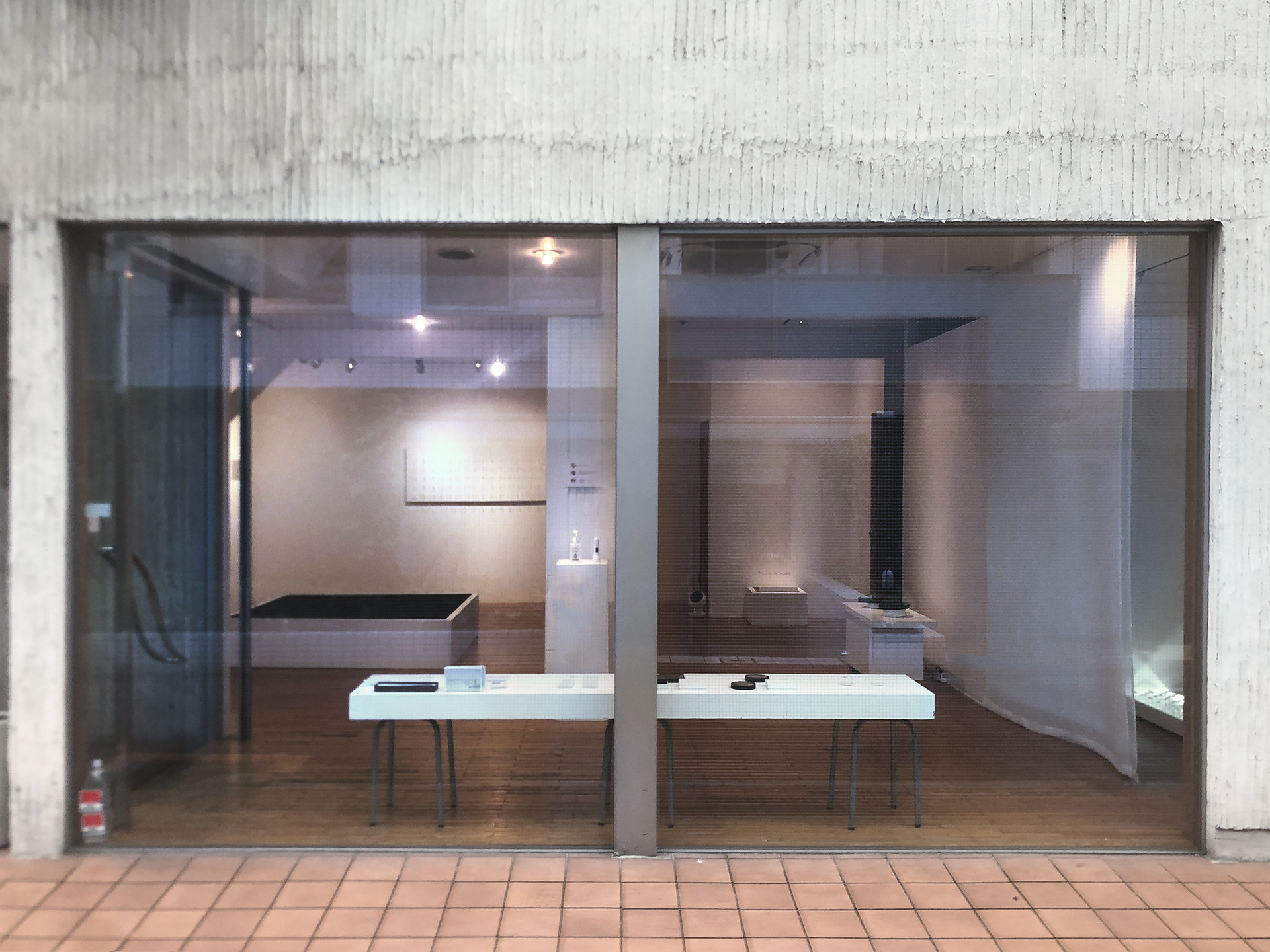


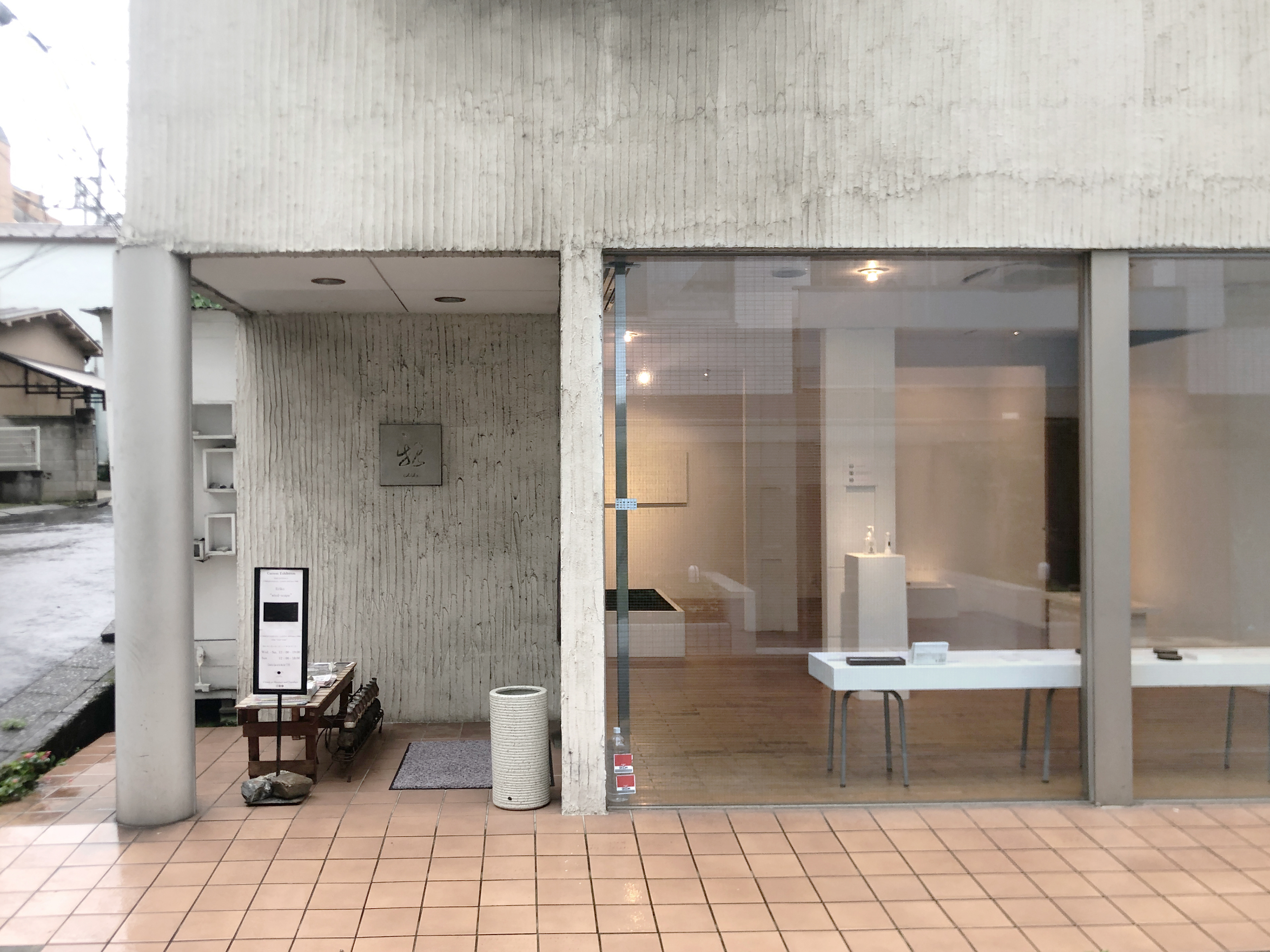
Artist's message
風にそよぐ草原。水面のきらめき。自然の生動する風景は心地よい。
その草や反射の光は、ひとつひとつが似たような動きをしていても、ひとつとして同じ動きはありません。
そんな都度一回性でありながら韻のあるリズムに、人は心地よさを感じます。
本展では、風の生起する風景をインスタレーションや平面作品に表現しました。
常に生成と消滅を繰り返すリズムは、一度きりを重ねて生き、やがて消えていく自身の存在と共鳴するように感じます。
Swinging grass on field in the wind. The shining surface of water. Landscape filled with lively gives us a great comfort.
Swinging grass on field in the wind. The shining surface of water. Landscape filled with lively gives us a great comfort.
The grass and water repeat similar movements but never be the same. They have an organic rhythm that is never duplicated.
We feel comfortable in this unrepeatable rhythm. In this exhibition, I explore the landscape emerged in the wind into installations.
The rhythm that always generates and degenerates sympathizes our own existence that live always only once and dissapeare someday.
Director's message
人は様々な事象に心を揺さぶりながら、その命の限定の内に生活している。
このコロナ禍にあってはそれらがあぶり出されてもいる。
何かに感動することの必然性もこの状況下でも何ら変わらない。
今は春。森へ入ってみよう。芽吹き出す草木の静かで優しい動きを感じる。
大きな樹々を見上げると、先端が風によりすこしばかり揺れている。
風と木の葉との絡みによるやや乾いた心地良い音。
木漏れ日が風とともに遊びながら地面の草々の素朴な花を照らす。
大きく息をして眼を閉じ耳を澄ます、それ迄に接したモノ達が内に映し出される。
光、風、水、樹々、草花、大地の実存がこの場に共存し共有空間を生み出している。
人は豊かなイメージに自分が包まれていることに気がつく。
さて、えり子の作品世界へ入ってみよう。
それは自然の模写模倣ではなく、また作者の価値観の押しつけでもない。
人々が海を前にした時、森に分け入った時、その時に感受する光と風への喜びを喚起する仕掛けだ。
人が海や森と共存し共有する場で得られる存在の確かさと不確かさと沸き上るイメージ。
それぞれの人の体験の記憶を引き出す仕掛けだ。
そしてそれらの装置に包まれて、赤子が母体から出る時の光の感知、イメージの始まりを体験するだろう。
存在する諸々の中での自我の始まりでもある。
そのえり子の作品は詩を生み出す仕掛けでもある。
静寂な湖面に微風によるさざ波は光を含み語りだす瞬間がある。
詩の始まりだ。
このような仕掛けを多くの人達に体験してほしい。
We live our lives within the finite bounds of our existence, constantly moved by the events and phenomena around us.
The pandemic has brought these emotional resonances into sharper focus,
The pandemic has brought these emotional resonances into sharper focus,
yet our essential need to be moved—to feel awe, beauty, and wonder—remains unchanged.
Now it is spring. Let us step into the forest.
We sense the quiet and gentle stirrings of budding plants.
Looking up at the tall trees, we notice their tips gently swaying in the breeze.
The dry, comforting rustle of leaves intertwines with the wind.
Sunlight filters through the branches, playing with the breeze, illuminating the humble flowers on the forest floor.
We take a deep breath, close our eyes, and listen.
What we have encountered so far begins to reflect from within.
Light, wind, water, trees, flowers, and the living earth—all coexist here, creating a shared, unified space.
And in that moment, we realize we are embraced by a rich landscape of images.
We sense the quiet and gentle stirrings of budding plants.
Looking up at the tall trees, we notice their tips gently swaying in the breeze.
The dry, comforting rustle of leaves intertwines with the wind.
Sunlight filters through the branches, playing with the breeze, illuminating the humble flowers on the forest floor.
We take a deep breath, close our eyes, and listen.
What we have encountered so far begins to reflect from within.
Light, wind, water, trees, flowers, and the living earth—all coexist here, creating a shared, unified space.
And in that moment, we realize we are embraced by a rich landscape of images.
Now, let us step into Eriko’s world of works.
Her art is not a replication or imitation of nature, nor is it an imposition of the artist’s own values.
Rather, it is a delicate invitation—like the feeling of standing before the sea or venturing deep into the forest
Her art is not a replication or imitation of nature, nor is it an imposition of the artist’s own values.
Rather, it is a delicate invitation—like the feeling of standing before the sea or venturing deep into the forest
—designed to awaken our joy in light and wind.
It evokes the certainty and uncertainty of our existence, and the images that arise when we share space with the sea or the woods.
Her installations are triggers for memory—personal recollections stored deep within each of us.
It evokes the certainty and uncertainty of our existence, and the images that arise when we share space with the sea or the woods.
Her installations are triggers for memory—personal recollections stored deep within each of us.
Wrapped in these sensory environments, we may recall the moment a newborn perceives light for the first time as it emerges from the womb—
the very beginning of imagination, the emergence of self among all that exists.
Eriko’s works are also mechanisms for poetry.
There are moments when a breeze stirs ripples on a still lake, and light begins to speak.
That is where poetry begins.
the very beginning of imagination, the emergence of self among all that exists.
Eriko’s works are also mechanisms for poetry.
There are moments when a breeze stirs ripples on a still lake, and light begins to speak.
That is where poetry begins.
I hope many people will experience these subtle and profound awakenings for themselves.
2021.03.20 クボタタケオ Takeo Kubota

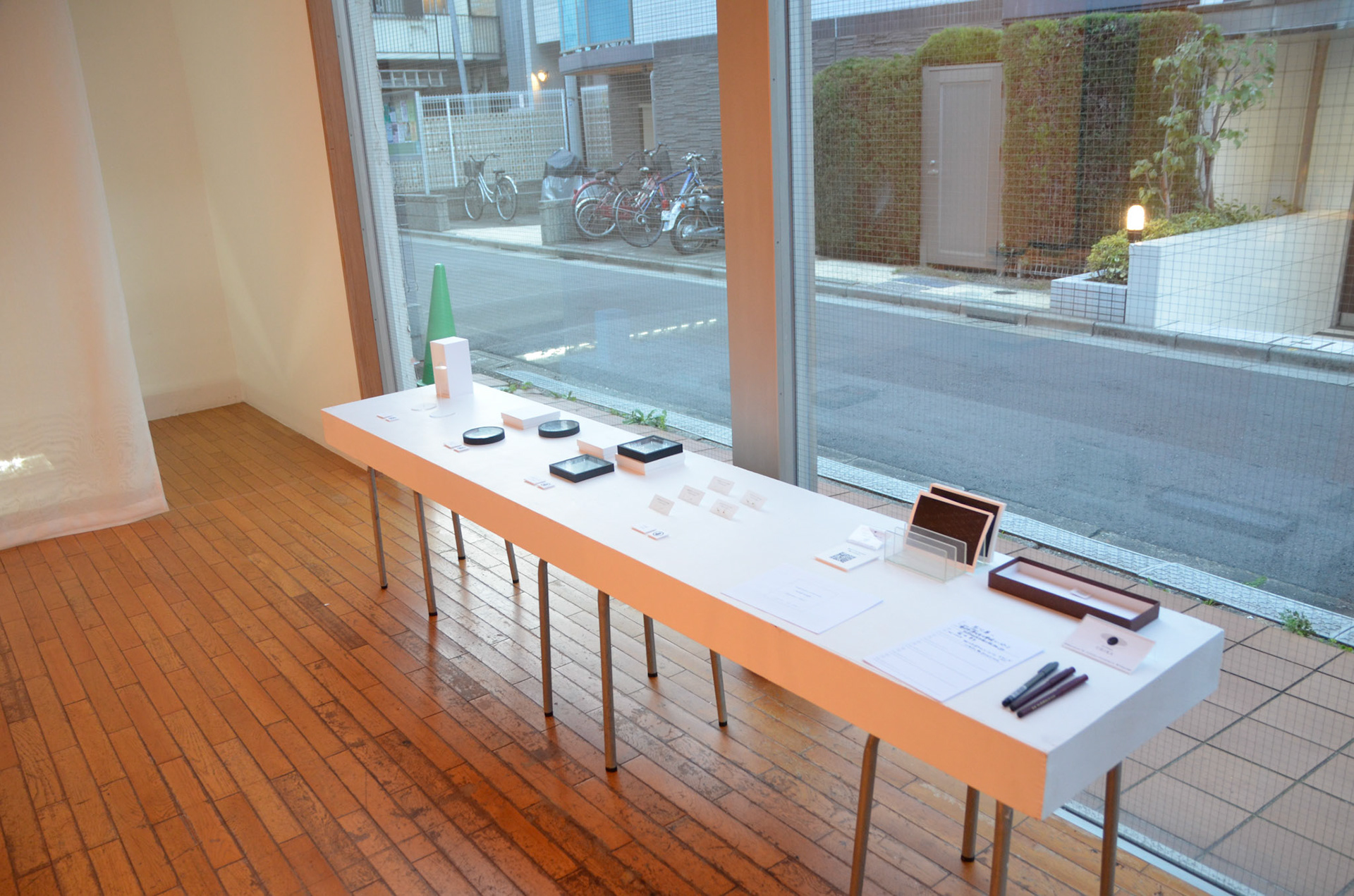

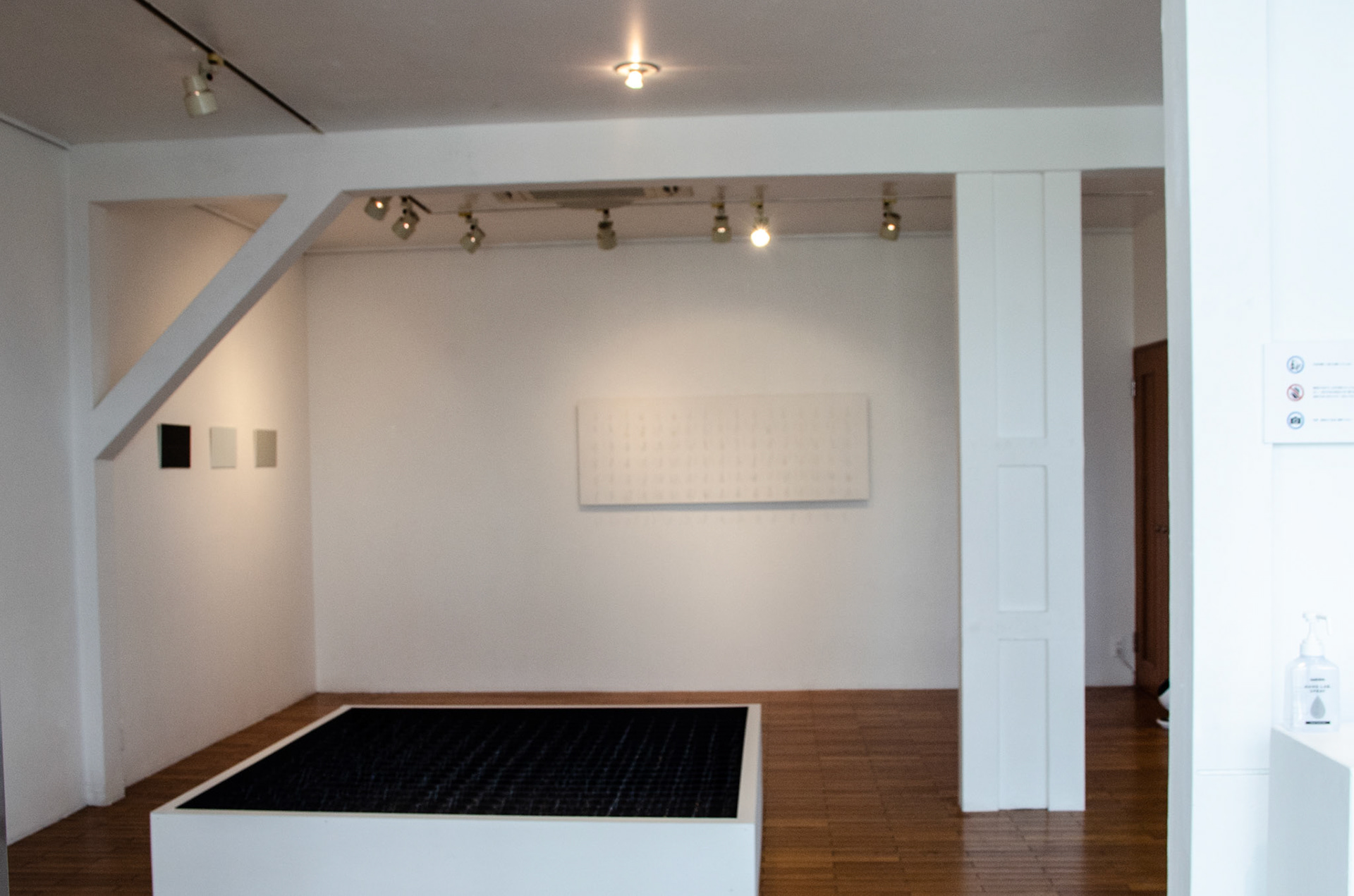
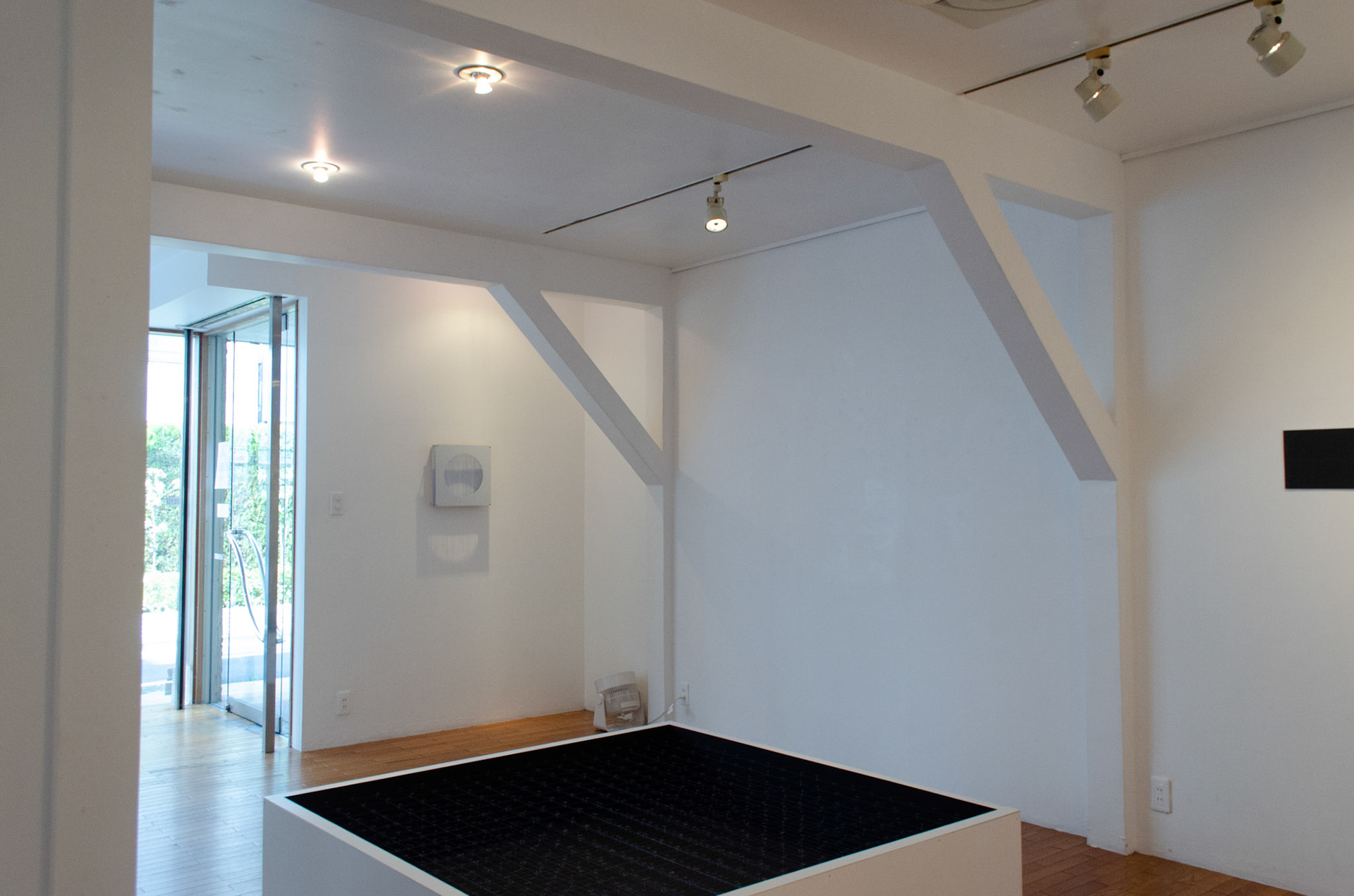

Special Thanks to
Naoki Nakatani
Reika Fukagawa
Takako Baba
Takeo Kubota
those who had visited & you
